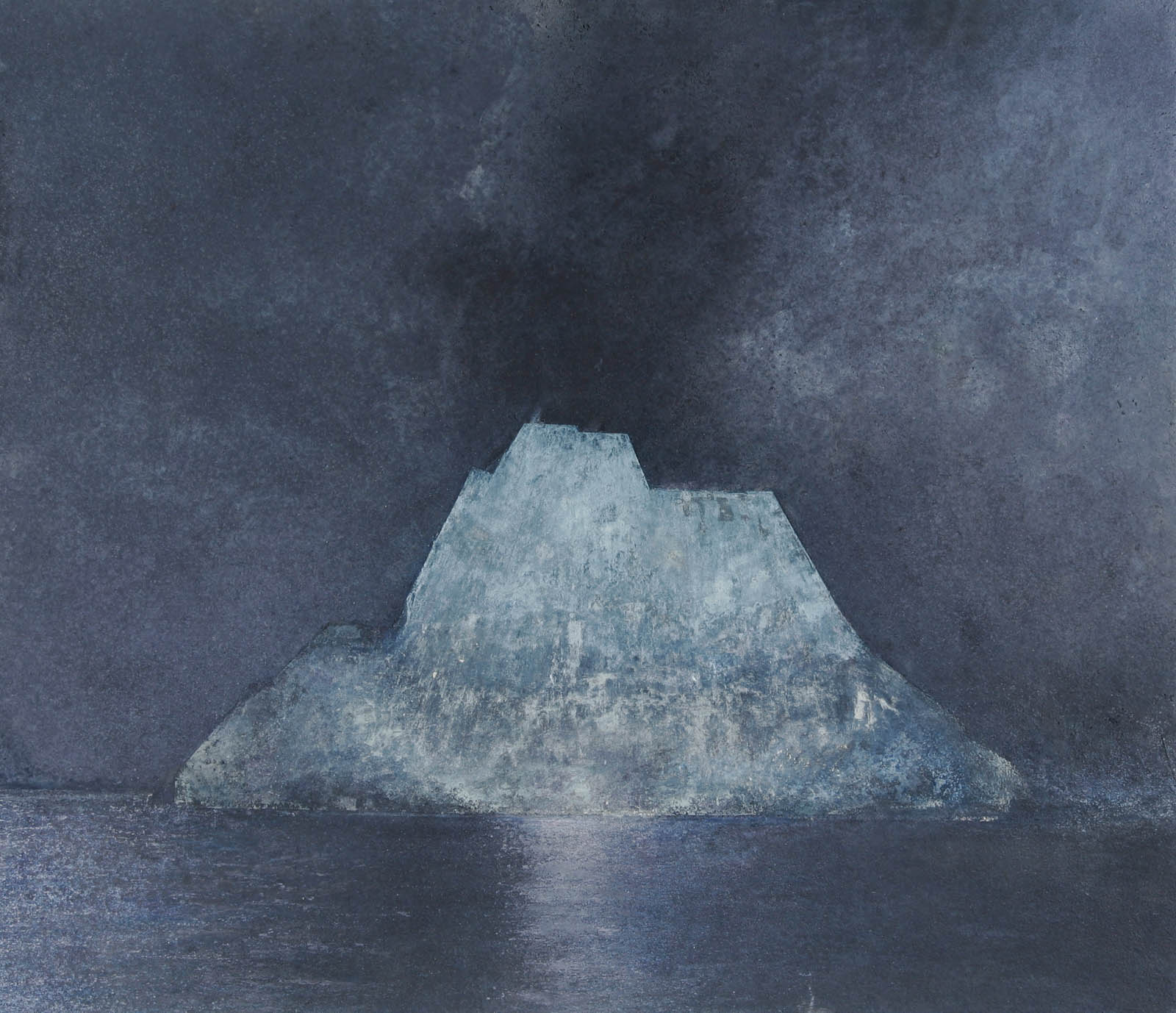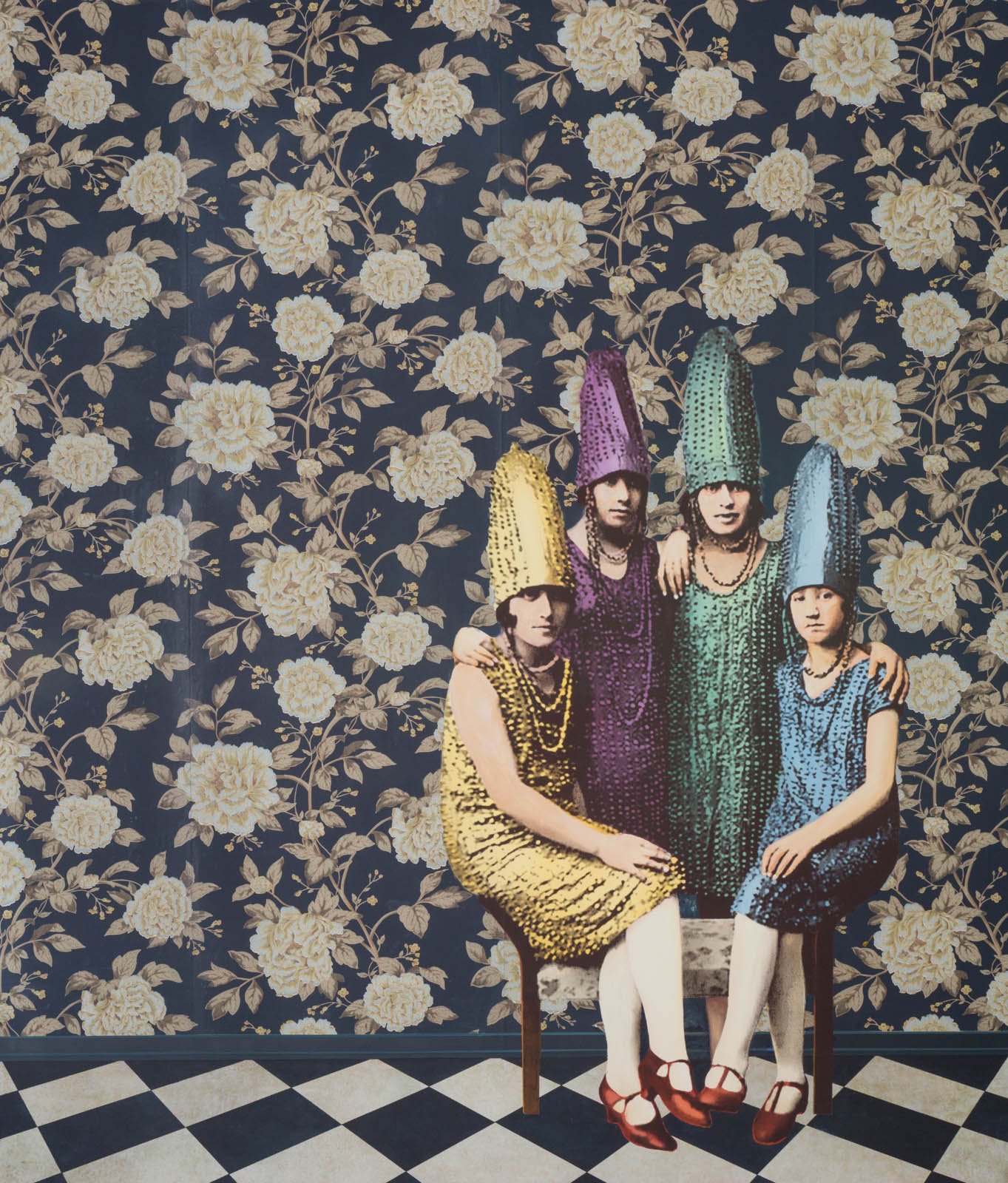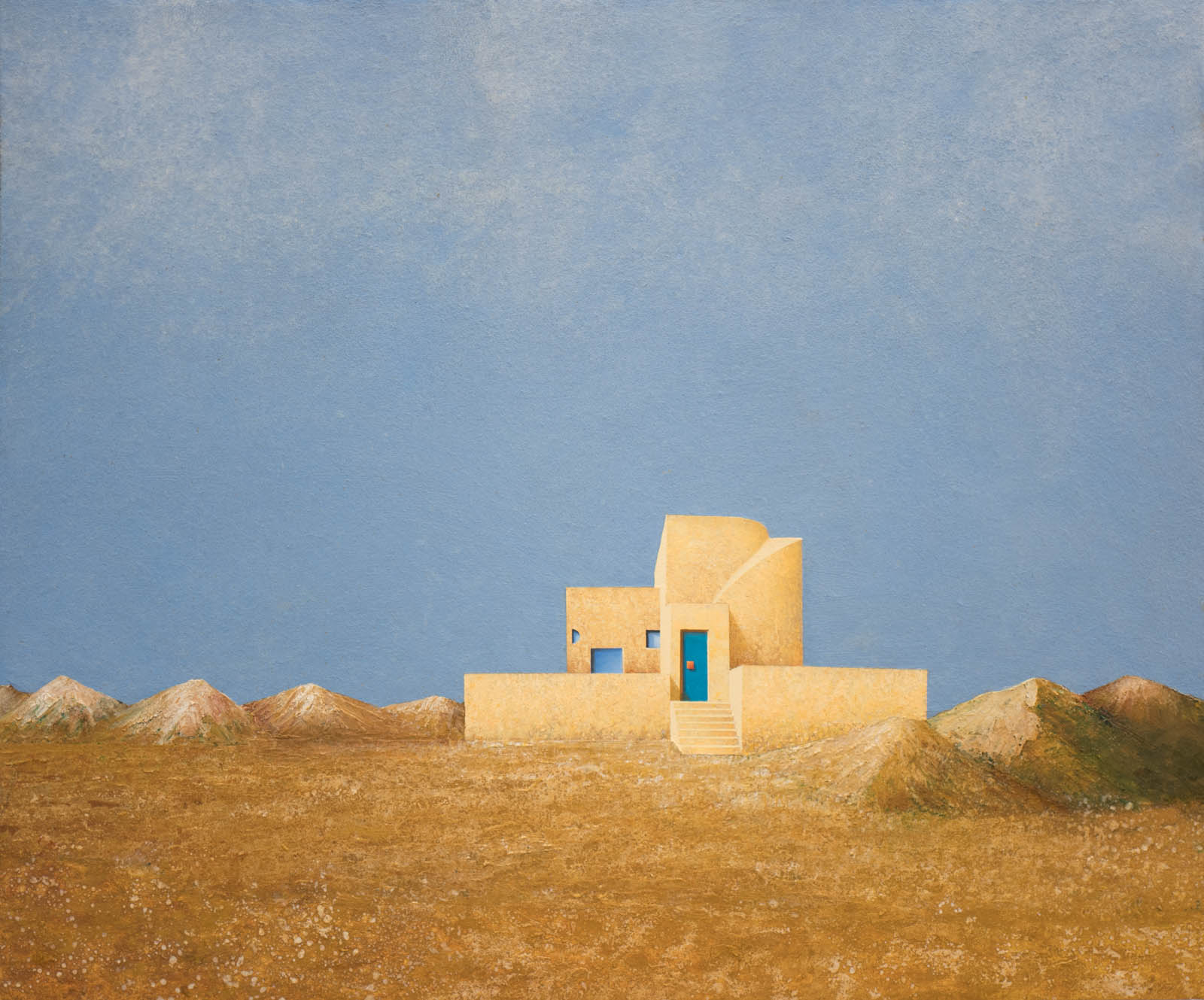Uwe Hand / Malíř / Painter
28 / 11 Opening from 6:30 PM
Exhibition from 30 / 11 / 2018 till 14 / 02 / 2019
Cermak Eisenkraft, Pop Up Gallery Smetanovo nabrezi 4.
Authors: Uwe Hand and Tomáš Zapletal
Opened every day except Monday 11 - 6PM
The patronage of the exhibition was taken over by Dr. Christoph Israng, the Ambassador of the Federal Republic of Germany in Czech Republic.
The Cermak Eisenkraft Gallery, located in the premises of its POP-UP SmetanaQ gallery, continues its series of unique projects and initiates an exhibition of the German figurative artist Uwe Hand. The exhibition entitled "Painter", presents a retrospective of the work of the artist from the 1990s to today. The subject matter is that of landscapes, people, animals and buildings. The artist’s father was an architect someone from whom he gleaned an intimate knowledge and insight into perspective. Long fascinated by the still life genre and Dutch baroque painting, the paintings of Hand emphasize a remarkable sense of atmosphere and studied composition. With an immediate sense of affective light and shadows Hand’s paintings permeate and uncanny immanence that falls short of chiaroscuro and tenebrism.
Uwe Hand grew up by the sea in the North of Germany, which has greatly influenced his work. It often symbolizes four primordial elements - Fire, Air, Water, Earth - as fundamental components of the world that ancient philosophy sought to interpret, not only as to natural phenomena, but also in the internal psychical composition of man. Despite the fact that these elements are the constructs of consciousness, they possess a real intuitive palpability.
The painted images depict low horizons and expansive skies, a place where pictorial reality and abstraction meet. It is left open to the viewer as to the selected angle or viewpoint they adopt. Among the most important sources of inspiration for Hand are the American David Lynch’s film and art works, something attested in the titles given to Hand’s paintings, e.g., Twin Peaks (2007). Lynch's quote "The concept of absurdity is something that attracts me," reveals Hand’s own shared sense of the uncanny and the absurd. We see a creative space-time of painting, where reality becomes synonymous with dream, and dream with reality.
The great power of Hand's images rests therefore on his unique and individual material sources other than those of traditional painting. His allusive use of sand or concrete shows that the adoption of diverse material sources play an important role. The facture of his canvases, saturated and impregnated, reveal innumerable layers of paint and innovative treatments or techniques using tools that require knowledge, experience a high-level of skill.
« ... His painting is not unlike good rock music, tenderly violent and peacefully loud, it can be ecstatic and is always expressive if often mysterious. It does not only transform its content but it literally moves and transforms the listener or, in this case, the viewer. This is why Uwe Hand is the rock in a sea of painting that sometimes indeed seems like the Dead Sea. Unfazed by those who might, once again, proclaim the death of painting, he sails on … painting never dies. » (Till Richter)
Entry to SmetanaQ is free throughout the duration of the exhibition.
Exhibition is open every day except monday from 11 to 6 PM.
Tasting
|
Vernissage
28 / 11 / 2018
Uwe Hand - Rock Steady
Painting never dies …
"Whoever proclaimed or proclaims that painting is dead has first of all no idea about the nature of painting, or art for that matter, for painting is essential to mankind and to humanity. If painting is dead so are we. Second he/she has quite certainly not yet seen the painting of Uwe Hand because proclaiming the death of painting after having seen the vibrant and essential, almost alchemistical, materiality of his painting would be absurd. Hand is a figurative painter. He paints everything. However, nothing is painted for the sake of representing it yet in order to better imagine it. He paints landscapes, architecture - his father was an architect and taught him perspective - people and things belonging to people. His paintings confront us not always amicably. It is our job to find our position in them or with them. We see low horizons and high heavens. „It’s where I come from. I grew up by the sea.“, says Hand, who is also a gifted musician and avid sailor. Plain but vibrant backgrounds are striking against stark foregrounds. Light and dark clash in fine contrasts without falling into baroque chiaroscuro painting even if much of his work finds its origins in the old masters and particularly Dutch still-life painting. It is precisely at the horizon line where reality and abstraction meet or part depending on one’s viewpoint, whether we see the world and Hand’s painting as part of reality or as part of a dream, a deja-vu of the world, often inspired by filmmaker David Lynch and his sinister and borderline surreal visions.
What makes his painting stand out is his use of material which we can righteously call alchemistic. Every thing has its structure. Objects derive their liveliness from light and shadow through structure. Trompe l’oeil is easy for Uwe Hand but deception is not the goal, it stays painted. Even though, through the quasi-alchemist transformation things depicted can touch us more than real things. Sky, water, fire are immaterial but possess a structure in his work that makes them palpable. He painted water as the last of the elements, perhaps out of awe as he grew up surrounded by it. Naturally, this is all par for course for a painter that takes his craft seriously. Still Hand goes further. He starts, evidently, with the ground of the painting. Yet the preparation of said ground is already very different than what is used in classical painting. He uses different rather heavy materials like sand and concrete. Their structure and matte surface result in a eautifully antagonistic contrast that transforms immaterial things like water and fire to give them soul - for lack of a better word. I know of no other artist who does this in figurative painting. In an „ordinary“ painting things at best look naturalistic or real. If Uwe Hand wants that he uses real things, as when he introduces actual woven tapestry or blackboard lacquer. This is not unlike what Picasso and Braque did in Synthetic Cubism. In the so-called hermetic phase cubism had become so fractured that its representational character was almost entirely lost. It was close to abstract. The same can be said for Hand’s works, as representation is not what they are there for. The cubist painters then eintroduced materials from reality like table cloth or newspaper print to link the work back to the real world with sometimes surreal effect. With Hand everything that is painted stays painted and looks after all painted.
The dream-like atmosphere of Uwe Hand’s work stems from this real and at the same time unreal contrast of materials and structures overcoming their intrinsic qualities and thereby altering the intrinsic qualities of whatever they depict or rather incorporate. His painting is not unlike good rock music, tenderly violent and peacefully loud, it can be ecstatic and is always expressive if often mysterious. It does not only transform its content but it literally moves and transforms the listener or, in this case, the viewer. This is why Uwe Hand is the rock in a sea of painting that sometimes indeed seems like the Dead Sea. Unfazed by those who might, once again, proclaim the death of painting, he sails on … painting never dies."
Dr. Till Richter
Director and Founder, Till Richter Museum, Schloss Buggenhagen
|
|

















